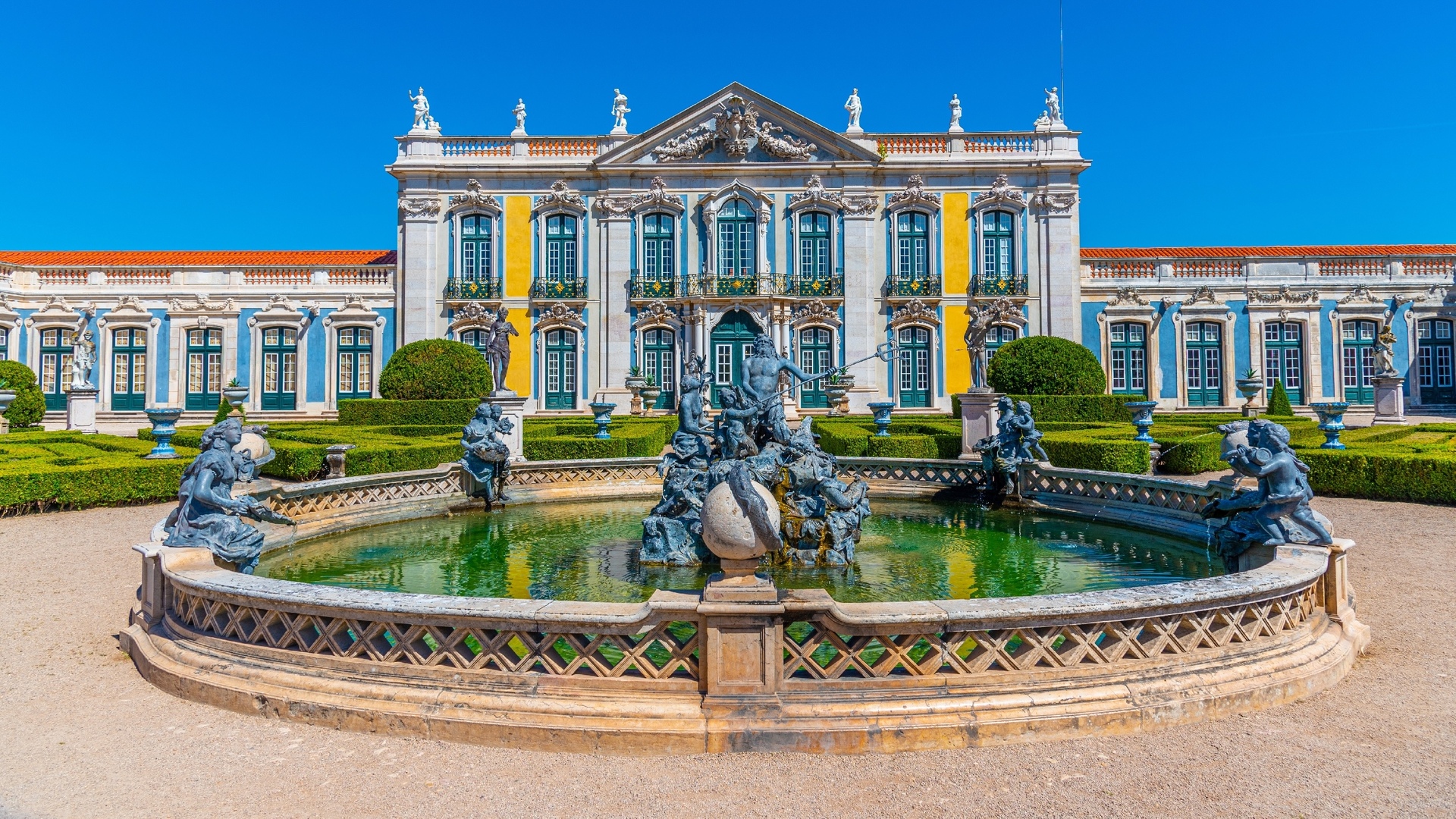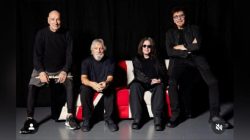Golden swirls, airy frescoes, cascading ornamentation… A product of 18th century European palaces, Rococo has lost none of its spectacular grace. Delicate yet flamboyant, whimsical and willingly theatrical, this style, both refined and excessive, still finds a striking echo in a number of masterpieces across the continent.
Lighter on the eye than the preceding Baroque style, more sensual than Neoclassicism, Rococo originated in France in the 18
th
century, before taking over Europe and embodying the taste of an aristocracy enamoured with elegance and lightness.
Amatory scenes followed the triumphant frescoes of yesteryear; solemn gilding was replaced by moiré stucco, soft colours and mirror illusions. The architecture took on softer, more feminine decors, and each space became a theatre of everyday life. Five iconic locations reveal the nuances of Rococo, from Portugal to Bavaria.
Are you passionate about architecture?
Here are some articles you might find interesting
:
- 30 minutes from Paris, this little-known neoclassical castle is an architectural masterpiece
- This English castle, a wonder of Gothic art, is one the most visited tourist sites in the world
- This modern art centre in Lisbon has been crowned the most beautiful cultural building in the world
The 5 most beautiful Rococo buildings in Europe
Amalienburg, a silver dream in the heart of Munich
Located in the wooded grounds of the Nymphenburg Park in
Munich, Bavaria
, this 18
th
century hunting lodge is more treasure than building, its architecture almost out of a dream.
The Hall of Mirrors is especially alive with light: the stucco and its silvery reflections embraces the frames, hide in the curves of the vaults, and responds to the optical effects of the mirrors on the walls. Birds, foliage and arabesques mingle in a silent swirl. This stylized representation of nature reaches inside, and artifice turns to enchantment. It’s like strolling through a dreamlike greenhouse.
The Royal Palace of Queluz, Versailles in the Portuguese sun
On
the outskirts of Lisbon
, the Royal Palace of Queluz is all perfectly symmetrical facades, bordered by gardens with meticulously crafted perspectives. Built in 1747, it combines French refinement with a uniquely Portuguese sensuality. The interior is full of salons decorated with relief stuccowork, chiselled gilding, painted ceilings and crystal chandeliers.
The throne room, with its
azulejo-covered walls
and majestic mirrors, exudes a sunny charm. It is a more southern take on rococo, more colourful but just as theatrical.
Sanssouci, the Prussian ideal of grace and lightness
Up in the heights of Potsdam in Germany, Sanssouci was Frederick II’s pastoral retreat. Built in just two years, the palace follows the gentle slope of the terraced vineyards. Behind its pale yellow façade, the rococo style is expressed with precision: painted woodwork, gilded arabesques, floral motifs and carved mirrors.
In the library, the
trompe-l’œil
ceilings display an idealised sky; in the marble gallery, the columns shape the perspectives. This palace is not a place of power, but a place of thought, music and informed hedonism.
The Hôtel de Soubise, the precious privacy of the Marais quarter
In Paris, right in
the heart of the Marais
quarter
, the Hôtel de Soubise hides one of the most sumptuous Rococo salons in France: the Salon de la Princesse. Designed by Germain Boffrand for the Duchess of Rohan, this cocoon of worldly comforts mixes sculpted woodwork, milk-white stucco, wide mirrors and soft cameo paintings.
There’s nothing harsh or heavy here, everything seems to float and weave in a breeze. You can hear hushed laughter, intimate confidences and moments suspended in the pearly light.
Santa Maria Maddalena, Rome in a lump of sugar
A rare example of rococo in
Rome
, this “sugar” church – as the Romans called it when it was completed in 1735 – plays the decorative fantasy card. Its undulating façade, made up of almost liquid curves, is a hint of the enchantment within, with chapels lined with white stucco, lustrous gilding and twisting columns.
The whole thing exudes a certain sensuality, almost baroque in its exuberance, but softened by the colours and rhythms.







